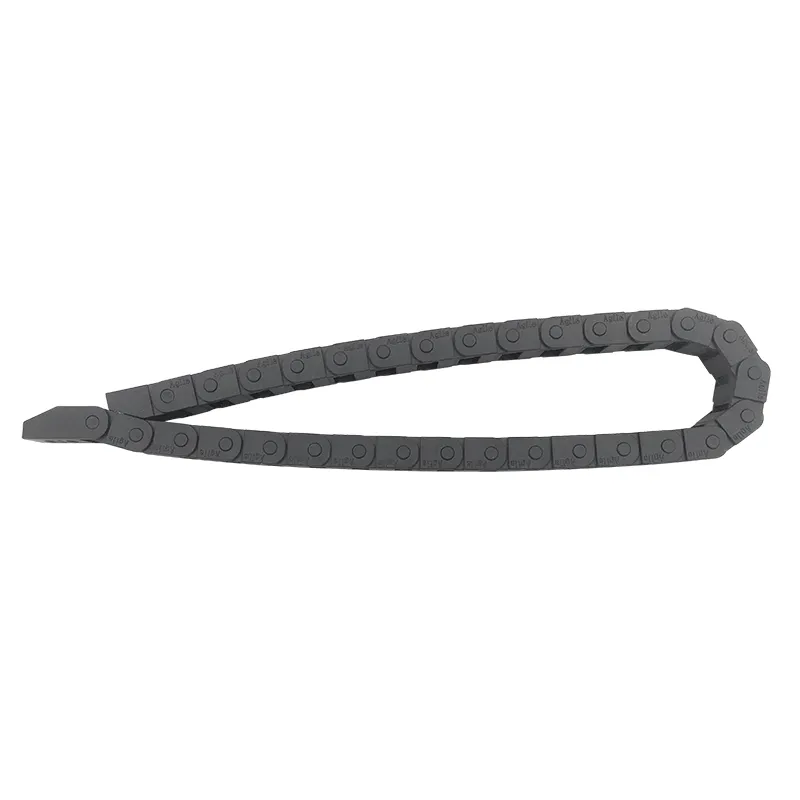hinge chip conveyor
Hinge Chip Conveyor Revolutionizing Material Handling in Manufacturing
In the ever-evolving world of manufacturing and material handling, efficiency and reliability are crucial components for success. One innovation that has gained significant traction in this arena is the hinge chip conveyor. This specialized conveyor system is designed to meet the unique challenges posed by the movement of small, often delicate, materials such as chips, scrap metal, and wooden shavings. In this article, we explore the features, benefits, and applications of hinge chip conveyors, shedding light on why they are becoming indispensable in modern manufacturing processes.
What is a Hinge Chip Conveyor?
A hinge chip conveyor is a type of conveyor system that utilizes a series of interconnected or hinged plates to transport materials. The design typically consists of a series of metal slats linked by hinge pins or bolts, creating a continuous belt-like structure capable of moving along a predetermined path. The flexibility of the jointed design allows the conveyor to navigate around bends and corners, making it ideal for complex layouts found in many manufacturing facilities.
Key Features
1. Durability One of the standout features of hinge chip conveyors is their robust construction. Made from heavy-duty materials like steel, these conveyors can withstand the wear and tear of transporting abrasive or heavy materials, ensuring long-term reliability and reduced maintenance costs.
2. Customizability Manufacturers often require unique solutions tailored to their specific needs. Hinge chip conveyors can be customized in terms of length, width, and even the angle of incline, allowing for seamless integration into existing systems and processes.
3. Versatility Hinge chip conveyors can transport a wide variety of materials, including wood chips, metal shavings, and plastic parts. This versatility makes them suitable for multiple industries, from woodworking and metalworking to recycling and food processing.
4. Efficient Material Handling The design of hinge chip conveyors allows for smooth and continuous movement of materials, minimizing bottlenecks in production lines. This efficiency can lead to increased productivity and reduced operational costs.
hinge chip conveyor

Benefits of Hinge Chip Conveyors
1. Increased Productivity By automating the process of material transport, hinge chip conveyors help reduce the time spent on manual handling and improve overall workflow efficiency. This allows operators to focus on more value-added tasks, boosting productivity across the board.
2. Enhanced Safety Manual handling of materials can lead to workplace injuries and accidents. Hinge chip conveyors reduce the need for workers to engage in heavy lifting or repetitive motion tasks, promoting a safer working environment.
3. Cost-Effectiveness While the initial investment in a hinge chip conveyor system can be significant, the long-term savings in labor costs, reduced material waste, and improved operational efficiency often outweigh the expenses.
4. Improved Workflow The ability to create inclined, horizontal, or even vertical conveyors means that hinge chip conveyors can be configured to fit any layout. This flexibility helps maintain a smooth flow of materials through the production process, maximizing operational efficiency.
Applications Across Industries
Hinge chip conveyors are widely used across various sectors. In the woodworking industry, they efficiently transport wood chips and sawdust from cutting areas to storage or processing facilities. In metalworking, they handle metal shavings generated by machining operations, facilitating recycling and minimizing waste. The food processing industry has also adopted hinge chip conveyors for transporting food scraps and by-products, ensuring that waste is managed efficiently.
Conclusion
As manufacturing processes become increasingly complex, the need for reliable and efficient material handling solutions is more critical than ever. Hinge chip conveyors have emerged as a game-changing technology that not only improves productivity and safety but also enhances operational efficiencies in various industries. By investing in a hinge chip conveyor system, manufacturers can optimize their workflows, reduce costs, and contribute to a more sustainable production process. Whether in woodworking, metalworking, or food processing, the hinge chip conveyor stands out as a valuable tool for modern manufacturing.








